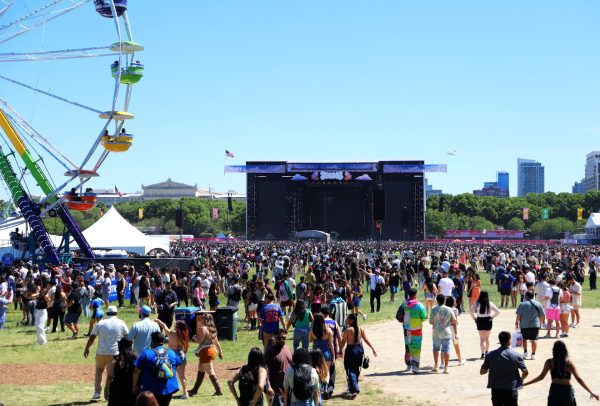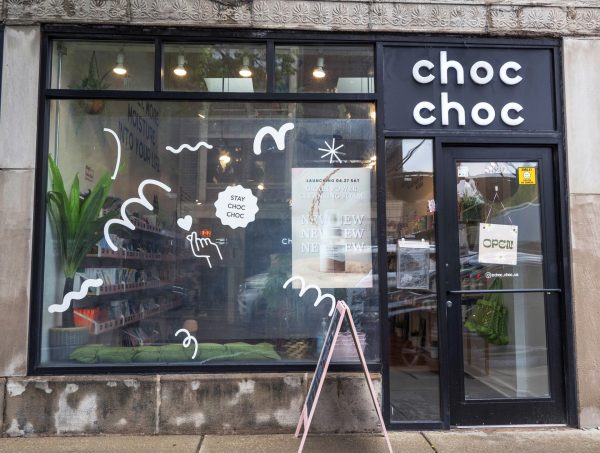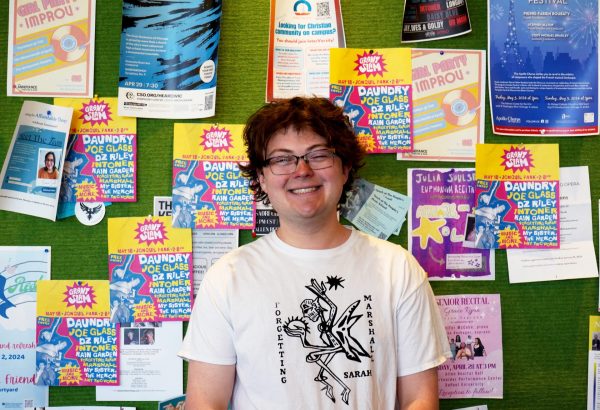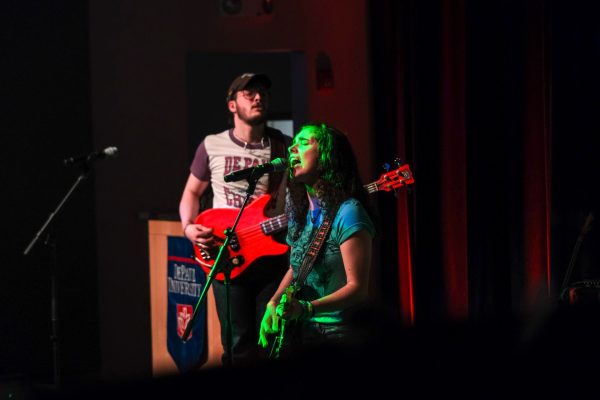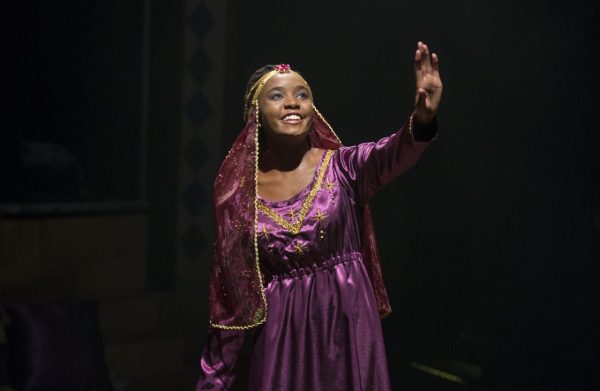Review: Emerson String Quartet demonstrates artistic mastery at DePaul
Pictured here: Paul Watkins, Eugene Drucker, Philip Setzer, and Lawrence Dutton. The ensemble played Chicago for the last time this week, as the group is set to retire in 2023.
Witnessing true greatness in any art form is a rare experience. For some, bucket-list concerts might include The Rolling Stones at the Hollywood Bowl, Jay-Z playing Madison Square Garden or Lady Gaga at the Greek. But for fans of classical chamber music, a rare opportunity to see one of the supreme stringed ensembles of the past century occurred in Chicago on Friday.
For the final time, the Emerson String Quartet traveled to Chicago last week to play a concert at DePaul’s Holtschneider Performance Center. Last year, the ensemble announced that they would be hanging it up in 2023 after a 46-year career.
Because of this, a rare air and feeling of historical importance filled the 505-seat Mary Patricia Gannon Hall as the Emerson Quartet played to Chicagoans and members of the DePaul community.
The group, which some critics have called “classical music’s fab four,” began with Mendelssohn String Quartet No. 1 in E-flat Major, Op. 12. A piece both palatable and entrancing for even the more casual consumer of the genre. Immediately, the quartet flexed its muscles and showed range.
Within the first few minutes, attendees understood they were in the same room as perhaps one of Earth’s greatest living string quartets.
The Emerson String Quartet has won nine Grammy awards since its inception at Julliard in 1976. It was easy to understand why critics have shown nothing but acclaim for the group on Friday evening.
After hearty applause for the 23-minute concert opener, the quartet moved onto the playful and engaging Shostakovich String Quartet No. 9 in E-flat Major, Op. 117. The piece’s Moderato con moto effortlessly put the audience through a range of emotional consumption, striking feelings of suspense and heartbreak in this listener. Later, the piece’s high-energy and pulsating Allegro sent the audience to intermission with a thrill.
Violinists and founding members Eugene Drucker and Philip Setzer formed the group together at Julliard, and violist Lawrence Dutton joined a year later. The three have been playing together ever since, and the lineup has remained unchanged since 2013 when Paul Watkins replaced the group’s last cellist.
Even to the casual listener, it’s apparent how cohesive the musicians were as the four men played as though they’re one being, all existing on the same wavelength.
What would a classical string quartet concert be without Beethoven?
The concert concluded with Beethoven’s 45-minute String Quartet No. 15 in A minor, Op. 132. As the quartet skillfully played the ranging and familiar piece, it became obvious why it was chosen for the closer, especially in the piece’s Allegro appassionato finale. The swaying melodies interceded by syncopated rhythmic bounces from all four performers were awe-inspiring of both Beethoven’s composition and the musicians’ performance. After its conclusion, the audience met the performers with an overwhelming ovation as the event came to a close.
Concertgoers in attendance Friday indeed felt fortunate to get a chance to see the quartet in person. It was a display of artistic mastery and excellence that the DePaul community is lucky to have witnessed, especially as the Emerson String Quartet embarks on retirement next year.





